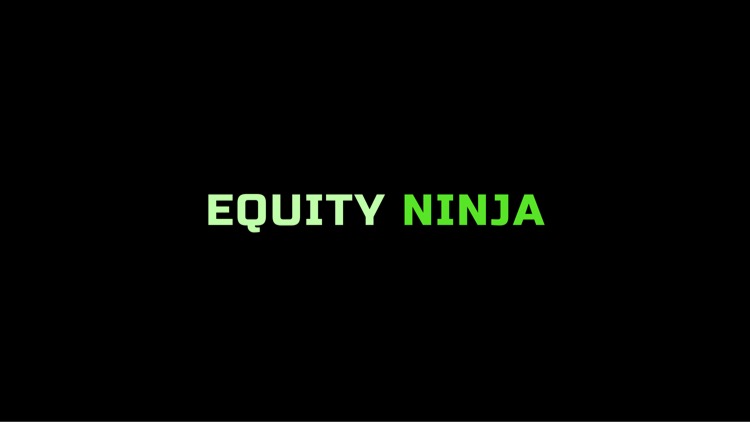In economics, inflation is defined as : a general increase in prices and fall in the purchasing power of money.
Inflation can also refer to an increase in the money supply.
(See: What is the Money Supply?)
The most widely used measure of inflation is the CPI (consumer price index) which tracks the month to month net change in price, of a diverse basket of goods and services, as well as shelter. Based on a large set of continuous price surveys.
What are the different types of inflation?
Cost-push inflation is scarcity driven, as the aggregate supply of a good or service is reduced, all else remaining equal, the price will rise.
Demand-pull inflation is an increase in aggregate demand. The bidding effect of a greater number of units of money chasing (all else remaining equal) the same quantity of goods or services, causes prices to rise.
The post-Covid/Ukraine inflationary crisis is an example of both. Unprecedented money printing in the forms of QE, stimulus cheques, and pandemic spending has raised the money supply by trillions of dollars in record time, amid equally unprecedented supply shocks firstly from a coordinated shutdown of the entire global supply chain. Then an invasion in Ukraine who produced a massive proportion of essential grain for Europe, and sanctions against Russian energy exports driving global energy and food prices higher. The spillover from both the supply and demand side has had international consequences due to the global nature of financial markets.
Stagflation is a period of low growth and possible high unemployment where prices are generally rising faster than the central bank target rate.
See also:
What is the role of a central bank?
The Phillips Curve: the relationship between inflation and unemployment
What is deflation?
